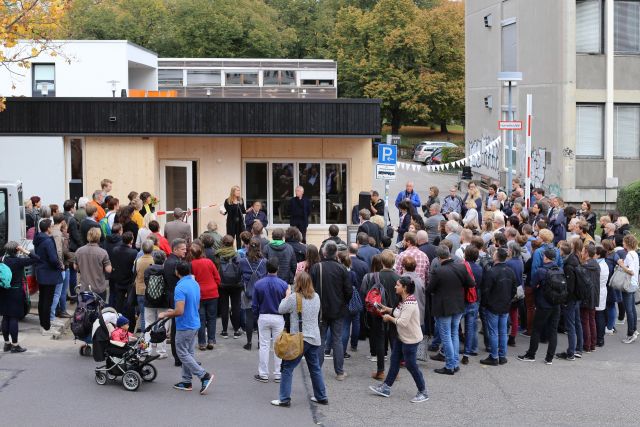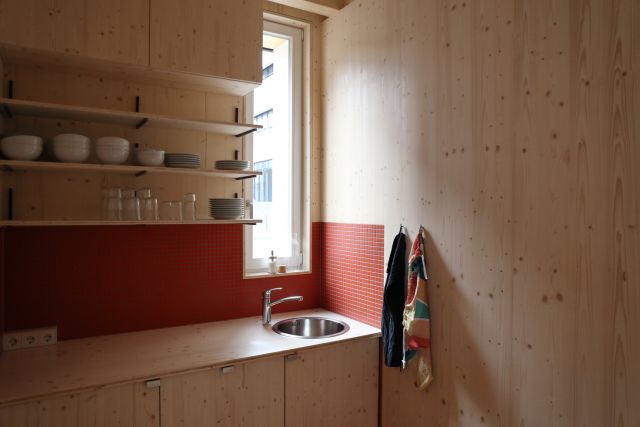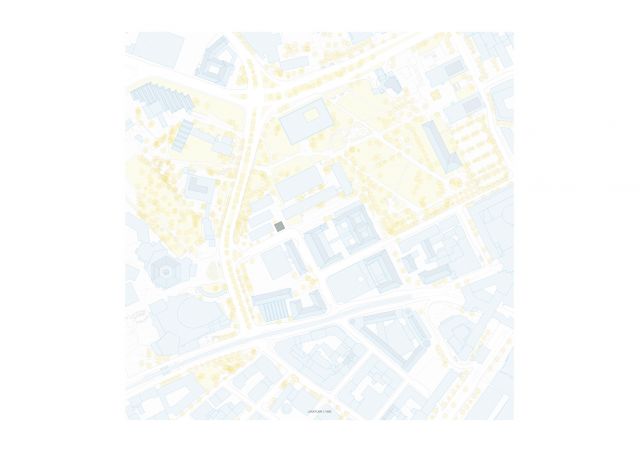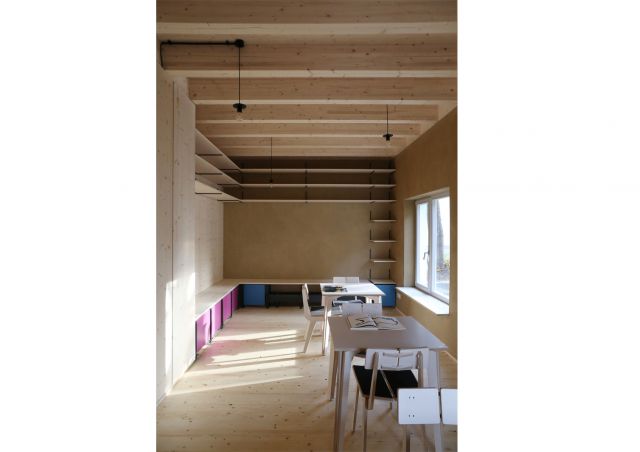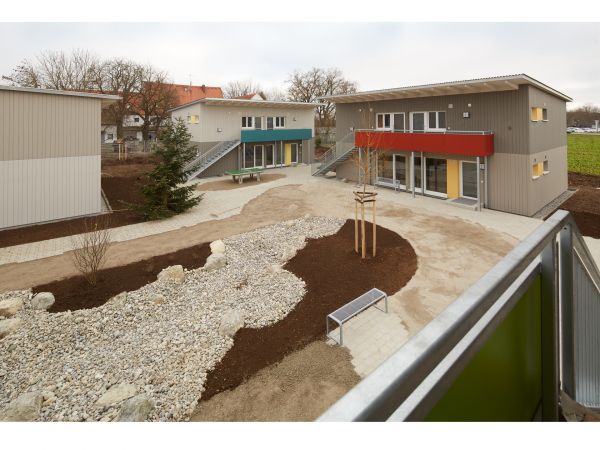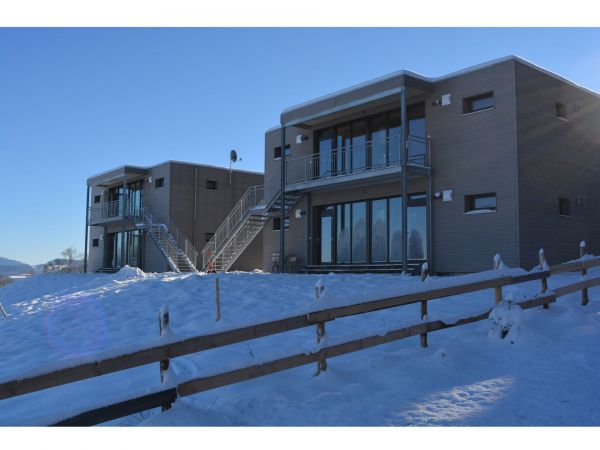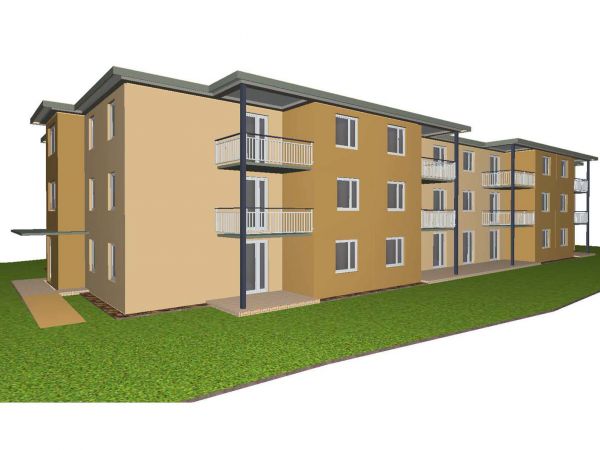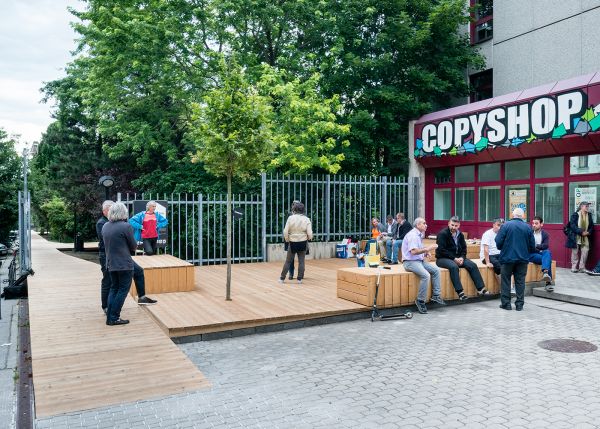A Meeting Point in the Center of Stuttgart, GermanyFor Newcomers and Citizens, Students, Young & Old
The idea of Begegnungsraum was initiated by two architecture students in October 2015: Tine Teiml and Meike Hammer. It all began with the profound research of fleeing movements and the arrival process in Germany, numerous Interviews with stakeholders of this issue, partners and teachers. In cooperation with the platform 1zu1 & the Institute for Construction and Design 1 headed by Professor Peter Cheret.
Status | Type of residents |
Building (Detail) | Country |
Commissioned by | Construction firm |
Made to exchange different cultures. Realized by a mixed group of Students, Refugees, Volunteers & Experts.
The Community House for Refugees and Citizens of Stuttgart has been erected on the property of two new Refugee Accommodations in the City Center.
147 people, 70 of them children, have moved into the Accomodations in August 2017. Besides the shared bedrooms the Accomodations don‘t provide any privacy or the opportunity to spend time in common spaces, do homework, to study or retreat. Our Building, approximately 110 squaremeters, involves two rooms and is used as extended living area for the residents, as a room for cook - or dance events and little concerts. There is room to gather and rest, for the exchange of various cultures. It is open to be used as a child care center in the morning, as a playground in the afternoon and a safe place for young people at night.
The next steps were collaborative Workshops with refugees living in accomodations to find out about their residing circumstances, needs and challenges. The dialogue with social workers helped to create a base to develop ideas on as well as material - and spatial research. Introducing the idea to the City of Stuttgart and choosing the Site were to follow. Together with refugees, social workers and volunteers we set up an utilization concept in participative workshops . The house´s use aimes a discovering of different cultures through conscious and unconsciuos encounters on the one hand and space for learning on the other hand. Both typologies, which are missing in shared accomodations for refugees in Stuttgart. We combined these two contrary typologies under one roof, an extroverted community room and an introverted learning room. The concept was designed as a self-construction from the beginning.
We believe the Begegnungsraum project has an influence on both the realization period and the now finished building. The house has not only provided for an extended living area that people can use. The participative building process, the workshops and meetings during the whole process brought an exceptional kind of action into the dreary accomodation routine. Being an important part in the Begegnungsraum Building History gave the refugees an active role and a special appreciation. A little bit of responsibility and self-determination in their every day life, progress in language, crafting skills and the possibility to comprehend the culture they were placed into better.

